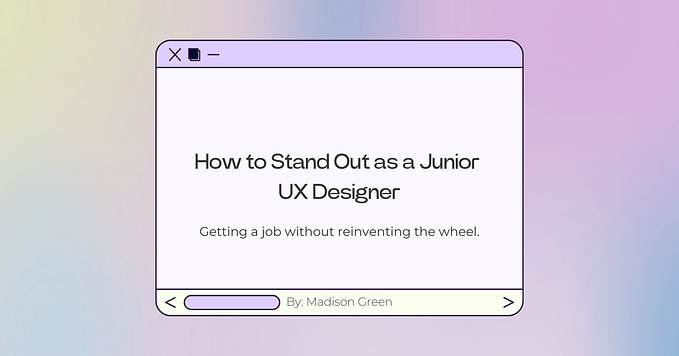Member-only story
Design exercises are evil
How design job candidates can avoid them and how managers can hire more effectively without them.

It was the final round of interviews. Or, so the candidate thought.
She’d spent all day interviewing in our office. As the final interviewer, I walked her out the building. She seemed confident and asked, “How quickly will I hear about a decision?”
“You’ll have an answer from Jen, the recruiter, in just a day or two,” I said, trying to hide my optimism. She’d done great.
The next day, the six of us who interviewed her met in a crowded conference room. We had a spirited conversation about our key concerns, but most of us were a solid thumbs up to hire, with clear rationale. However, the hiring manager could not make a decision on whether or not to make an offer. Our scheduled meeting time passed, and the next group, who had the conference room reserved, knocked again on the door. As we shuffled out, the hiring manager turned to the recruiter, and said, “Let’s send her the exercise.”
Uggghhh, I thought to myself.
Why assign an exercise? She’s got a great portfolio, did very well at her onsite, and you’ve heard feedback from several interviewers. You need to make a decision now. You’ve gotten so much signal already, why ask her for more?
Protecting job seekers in a time of crisis
Since then, I’ve screened hundreds of other candidates, and became a hiring manager myself.
As a candidate, when a recruiter has told me that an exercise is a standard part of their process, my eyes glaze over and I start thinking about other options.
I firmly believe that design exercises are ineffective and a waste of time.
Now, after a luxuriously long run in a candidate-driven design job market, the COVID-19 pandemic has suddenly thrown job seekers into an employer-driven job market.
Hiring managers are finding lots of top talent on the market. There are lines of back-up candidates and less pressure to overpay.







